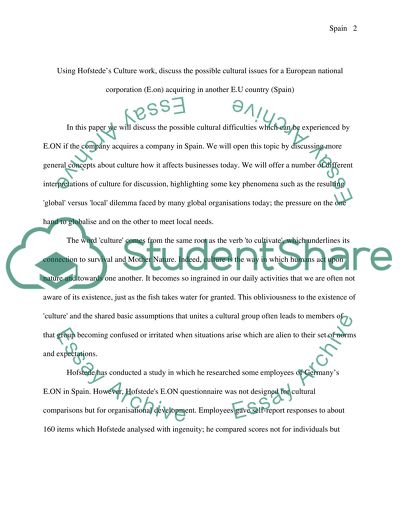Cite this document
(“Hofstedes Culture Work Case Study Example | Topics and Well Written Essays - 2000 words”, n.d.)
Retrieved from https://studentshare.org/miscellaneous/1523100-hofstedes-culture-work
Retrieved from https://studentshare.org/miscellaneous/1523100-hofstedes-culture-work
(Hofstedes Culture Work Case Study Example | Topics and Well Written Essays - 2000 Words)
https://studentshare.org/miscellaneous/1523100-hofstedes-culture-work.
https://studentshare.org/miscellaneous/1523100-hofstedes-culture-work.
“Hofstedes Culture Work Case Study Example | Topics and Well Written Essays - 2000 Words”, n.d. https://studentshare.org/miscellaneous/1523100-hofstedes-culture-work.


